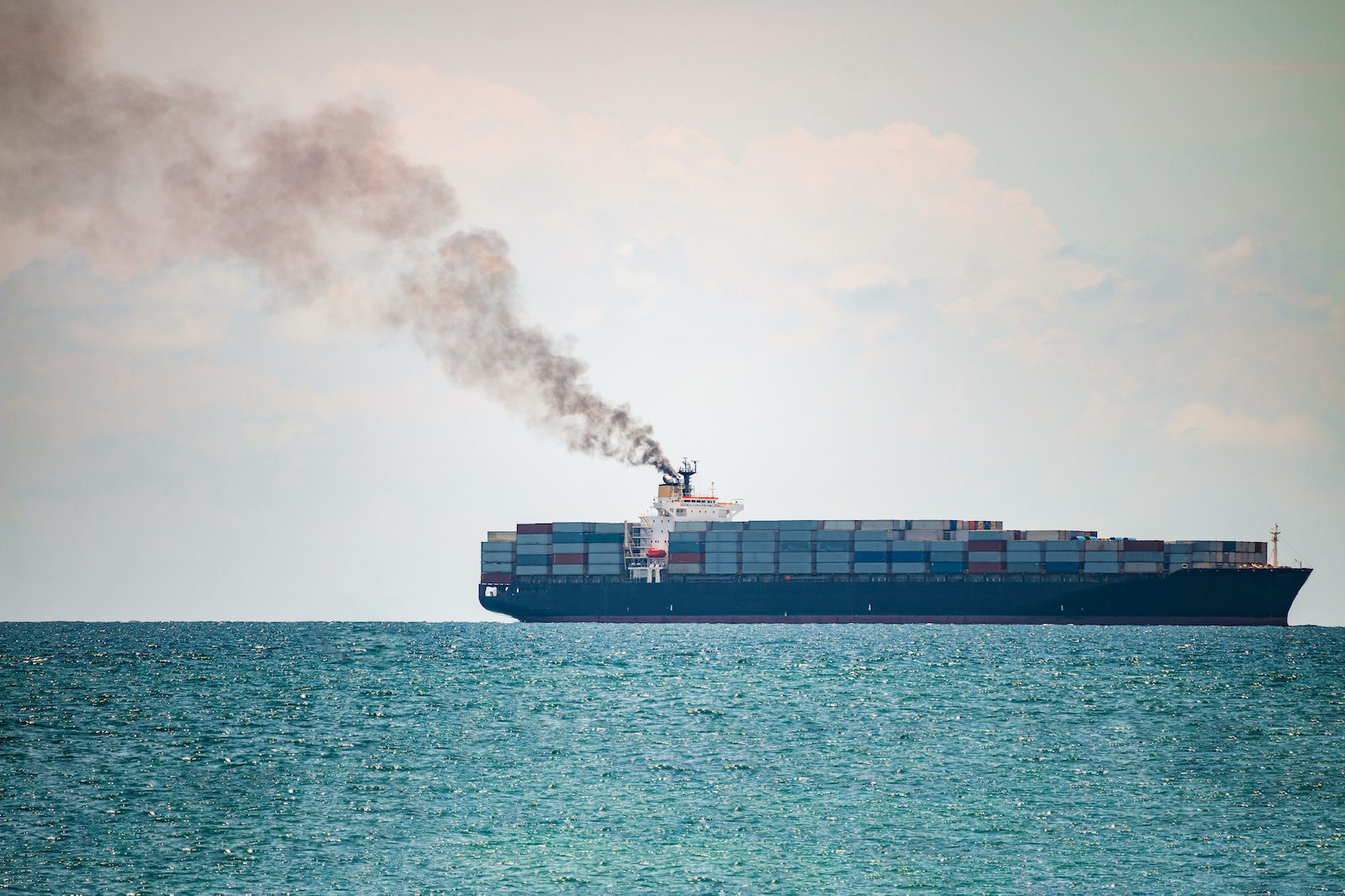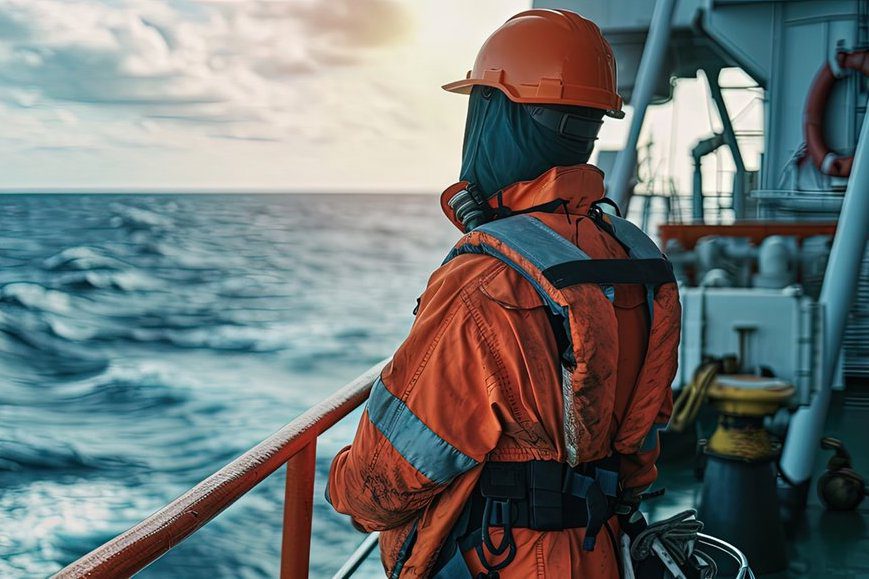By Barry Parker (gCaptain) –
Capital Link’s Maritime Forum last week covered a wide range of shipping topics, ranging from supply chain issues to maritime finance, which Capital Link focuses on.
A panel on Energy Transition, moderated by John Benson, Partner at Watson Farley Williams (WFW), a leader on sustainability issues among maritime law firms. The session offered a deep dive into how the needed amounts (estimated variously between $1 trillion and $4 trillion, depending on which expert is consulted) might be raised since current decarbonization technology “isn’t there” and “doesn’t get it done,“ in Mr. Benson’s words. The theme of big money needed to chase climate “ambitions” to be achieved through uncertain technologies permeated the nearly hour-long session.
Ms. Charis Plakantonaki, Chief Strategy Officer at NYSE-listed drybulk owner Starbulk (“SBLK”) suggested that the decarbonization challenge for shipping should be broken into two phases; the short/ medium term and then the longer-term view. In the first set of timeframes, “we need to improve the energy efficiency of the fleet… with the burden mostly on the shipowners… who would work with marine technology companies… in order to find the right solutions and continuously improve the cargo intensity of the existing fleet.”
Looking out over a longer term, Plakantonaki mentioned “carbon capture- this could be a game changer… if in the coming years, we are able to find solutions that allow us to capture a large proportion of the carbon, onboard.” She did suggest that with ambitions of net zero by 2050, “we will need to see zero emission fuels come into the picture.” Alluding to the need for mechanisms that would more closely align the prices of the new fuels with their present counterparts, she pointed to the role of governments (and regulators like the IMO) in developing structures that would bridge gaps in prices between conventional and green fuels.
Sam Norton, the Chief Executive Officer of U.S. owner Overseas Shipholding Group (NYSE: OSG) said that long term moon-shot type efforts to transform shipping’s energy consumption were “worthy conversations” and added: “but, in the near term, in order to make a difference, we need to focus on the installed base.”
Referring to the U.S., he said, “This is particularly true in the Jones Act because the construction cost of a new vessel is exorbitant” with a danger of future obsolescence or “stranded asset risk.” He explained that, 30 years out, “the demand for coastwise fuel transportation in the States could be radically reduced,” creating challenges for those ordering ships now (and not delivered until 2027), “with the technology not established as to what the propulsion should be.”
He also suggested that owners and charterers, in the U.S. and also internationally, need to recognize that optimization solutions are not just an owner’s problem, as well as mentioning that proposed carbon intensity rules (CII, coming into place in 2023) are “a point of conflict” between owners and charterers “that needs to be resolved.”
Scott Bergeron, Head of Business Development and Strategy for Oldendorff Carriers, owner and operator of several hundred bulk carriers, praised shipping’s efforts at regulatory compliance, but said “now we are being asked to choose the lottery winner of future technologies.” He said that shipping is ready to take on decarbonization challenges (“We are not climate deniers”), but he lamented the statements of politicians that “the technology is ready, it’s available,” based on what they’ve heard from vendors and entrepreneurs who pitch the politicians. “What you’re finding is that these ideas, as interesting as they are, are undercapitalized, and they are not going to be fit for service.” He opined that: “we are struggling between ambition and real solutions- we cannot order an ammonia powered ship today.”
Bergeron hinted that methanol fueled propulsion solutions were a bit further along. Like OSG’s Norton, he talked about working jointly with charterers when navigating the challenges of the CII rules.
So where does all of this lead? Part of the answer came from Star Bulk’s Ms. Plakantonaki, who referred to industry associations, and newly formed alliances, for getting views across, and said: “The industry has learned the hard way that it needs to have a strong voice, when it comes to environmental regulations… we expect that the industry will continue to become more vocal.”
Read Next: Shipping Spotlight Turns to LNG

 Join The Club
Join The Club











